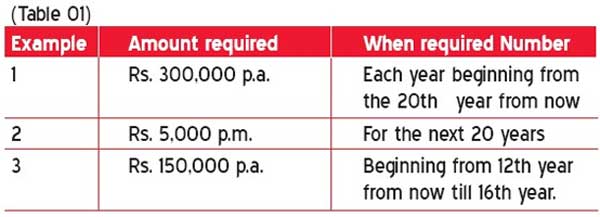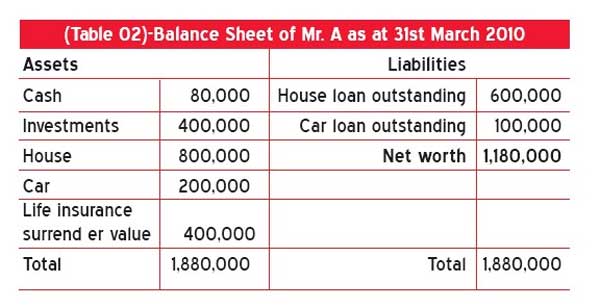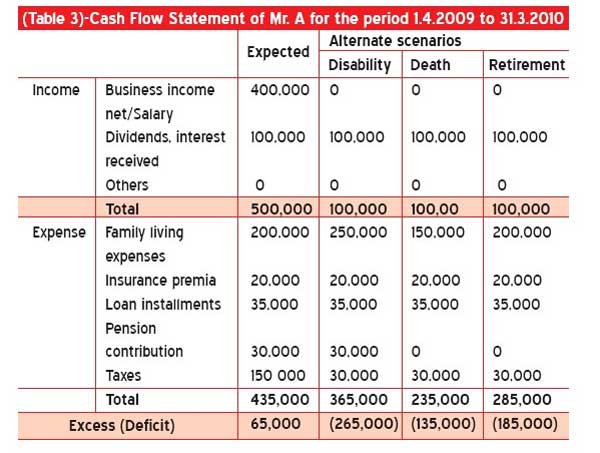26 Jan 2015 - {{hitsCtrl.values.hits}}
 One needs to invest to maximize returns on one’s savings and also to be able to generate cash flows for meeting several financial needs of the future. One must, however, invest with knowledge and full care in order to not only protect one’s hard-earned capital but also generate good returns.
One needs to invest to maximize returns on one’s savings and also to be able to generate cash flows for meeting several financial needs of the future. One must, however, invest with knowledge and full care in order to not only protect one’s hard-earned capital but also generate good returns.


25 Nov 2024 1 hours ago
25 Nov 2024 3 hours ago
25 Nov 2024 3 hours ago
25 Nov 2024 4 hours ago
25 Nov 2024 4 hours ago